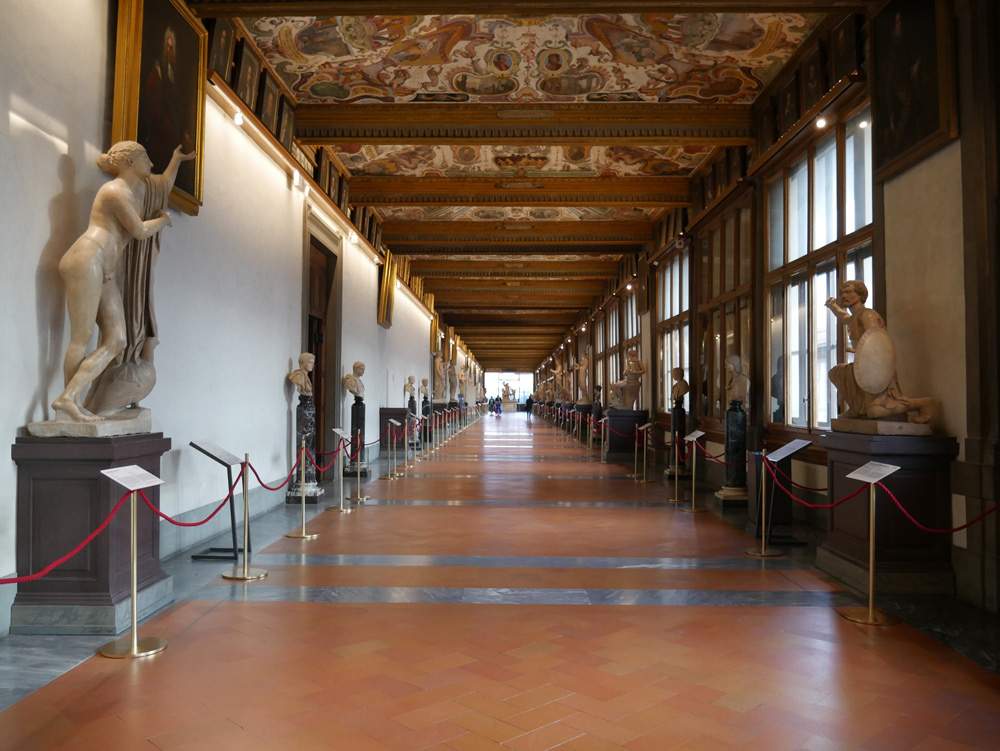New captions for Greek and Roman statues preserved in the Uffizi
A new educational apparatus will enrich visits to the Uffizi.
The more than 180 Greek and Roman sculptures located along the three corridors of the second floor of the Vasarian complex since the end of the 16th century have received new and more extensive captions mounted on a specially made support and designed according to standards that facilitate their reading even for visitors with dyslexia, and that will enable them to learn in detail about the vicissitudes of these works and their importance for archaeology and the history of classical sculpture.
Director Eike Schmidt explained, "By choosing to rechristen the Uffizi ’Gallery of Statues and Paintings’ I intended to emphasize the decisive role played by classical art in the history and fortunes of this museum. When the Vasarian complex had just been completed, the first works of art to be housed there were precisely the ancient statues from Cosimo I’s collection. It can be said, without fear of exaggeration, that the original ’seed’ of the museum as we know it today we owe precisely to this precious nucleus of Greek and Roman antiquities, considered by the Medici to be the pride of all their collections."
Fabrizio Paolucci, head of the Uffizi Galleries’ classical art collection and coordinator of the museum’s scientific activities, points out, “The new information apparatuses replace a pre-existing system marked by extreme conciseness that reported only the title of the work and its date. With the commentary texts that, as of today, will be flanked by the sculptures, visitors will be able to know the meaning of sometimes complex iconographies, they will have precise information on how much of the antique those statues preserve and how much, instead, is due to the hand of restorers of the 16th and 17th centuries, and they will thus be able to return to appreciating the exceptional importance of a collection that risked being considered by the hasty visitor as a simple piece of furniture. The system of captions comes, therefore, to remedy an intolerable lack that, not without reason, had been repeatedly noted by guests to our museum in recent years.”
 |
| New captions for Greek and Roman statues preserved in the Uffizi |
Warning: the translation into English of the original Italian article was created using automatic tools. We undertake to review all articles, but we do not guarantee the total absence of inaccuracies in the translation due to the program. You can find the original by clicking on the ITA button. If you find any mistake,please contact us.





























